The Fall Run Starts in August- Here’s How You Know
Jerry Audet
If you wait for crisp temperatures, North winds, and day-time blitzes to fish the fall run, you’re starting too late. While fall for our society is usually kicked off by labor day (and the release of all-things pumpkin flavored), most anglers in Southern New England aren’t really thinking fall until the middle of the month- and those even further south are usually thinking at least October-first. But beyond the days and months, a lot of anglers are also waiting until it “feels” like fall. This is one of the biggest mistakes you can make, if you want to make the most of every second of the best fall fishing. If you are waiting for 60-degree days and dark, stormy weather, the fall is just passing you by.

For me, I’m thinking about fall patterns as soon as we pass through the middle of August, assuming some other- very important- factors are being met. But dates are irrelevant, and fall patterns can occur in New England anywhere from early-middle of August to early September. Getting out and pushing the envelope in August is extremely important for me, and my fishing “performance.” Why? Because some of the earliest bites of fall can be the most consistent, and produce some of the largest fish. As the fall progresses, fish start to move rapidly, and chasing them can get frustrating. Late-late summer- or what I call “faux fall”- you’re fishing local, resident fish that are easier to pattern, that are charged up and feeding like they’re migrating. Yet, they don’t leave once the bite slows down; they just drop back to their staging areas, ready to plunge back inshore when the next feeding window opens.
Plus, we get to a point where we have a lot of bait this time of year, which is just entering the surf. It also tends to bounce back and forth between the surf and back-waters, and doesn’t just roll down the coast or fly out to sea. And, a lot of anglers are still waiting for reports of diving birds and crashing fish, or busy with the beginning of school or late-summer vacations, so the shore is sometimes less crowded. This all stacks to create incredible opportunities you don’t want to miss.
So what should you look for when it comes to the faux fall, and begging your fall fishing in late August or early September? I think five-factors matter most.
Weather
You might be surprised to find this is the factor I consider least important. Afterall, fall is the time of Nor’Easters and storms, gray days and howling winds. However, in faux fall, while those weather events can be important, they aren’t necessarily critical. Later in the fall, they come much more into play as wind and waves become highly important for many anglers (including myself).

Still, in late summer, a strong low-pressure system can jump start certain natural processes. For me, I find that these just-a-bit-too-early systems can push fish inshore and get them feeding- but that’s also mostly true during the bulk of “high summer,” so I often fish them no matter when they occur. The difference this time of year is, I think, the stripers are anxious to get things rolling, and they’ll “risk” sliding up into the shallows and adopting fall behavior in the off-chance that the bait is in. This is giving them a lot of credit, and you must remember that it’s an instinct process, not a conscious decision. So just because the peanuts are still locked away in the back-waters, doesn’t mean the stripers won’t come cruising in red-hot and looking for a feast. If they do- or I should say, when they do as it always happens for me at some point- and the baitisn’t there they are even more willing to hit what you’re offering as they’re charged-up and not stuck on any certain profile.
Knowing this, I’ll focus specifically around places where the bait comes out earliest. The fish are rolling the dice- they’re often going to be in the highest-likelihood location. And while I think you need more than just a couple of days in the low-70’s and some strong winds in Mid-August, if I get nights in the 50’s after 2-months of never cracking 60, I’ll at least roll the dice and focus on areas around the openings of breachways, estuaries, rivers, ponds, etc. But as we push into late August, four more factors come into play that are far more important.
Water Temperature
I think water temperatures are more important than the actual weather events in faux fall. Simply put, if we get a dramatic drop in water temperature in a short period of time, this can trigger both bait and striper fall-like behavior. What’s a lot? This depends on a variety of factors about your spot, and when it happens. Later in the summer and very early fall, it doesn’t have to be too much. The earlier in the year, the larger the delta (the change) I like to see. However, for the sake of brevity, let’s say it’s got to be at least a couple degrees in a 24-hour period. Over a couple days, a three- or four-degree drop is pretty substantial, and this time of year can spur a real change in fish feeding behavior.

However: one confusing thing about the role water temps play is they don’t necessarily have to be cold, or even drop! First off, you don’t have to be looking for 62-degree water. A drop from 73- to 70-degrees can be a huge stimulus for the fish. In fact, I think sometimes this is even more important than when it drops from something like 62- to 57-degrees. The 60’s are a very comfortable temperature for the stripers metabolism, as are the 50’s. So there’s no real ramping up of the fish's metabolism. However, every degree drop when the water temperatures are in the 70’s can be substantial.
But, if you’re fishing the open ocean front, the water temperatures may stay virtually unchanged over a very short period of time- may drop less than a degree. If there’s a mild or border-line low pressure system that maybe only drops the air temperatures by 6- or 8-degrees for a 24-hour period, the backwaters will cool, but the ocean may not drop much at all. This may not give you much confidence that things are being kicked into gear if you’re just looking at NOAA ocean buoys- but pay attention to river temperatures. This is a better indicator of how much influence these early faux fall weather events will trigger bites, and how they’ll push fish and bait around.
Bait development
To be frank, while weather and water temperatures are important, I mostly focus on bait development, sun angle and moon phase to target faux-fall bites, or decide when I need to switch to full-blown fall patterns. The size and location of the classic fall baits is so important for the faux-fall patterns. There comes a tipping point when the bait gets big enough to attract the attention of fish larger than little schoolies, which coincides roughly with the phase where it will venture out of the hot, shallow, small back-waters and into the open surf and coves and bays. When this happens, local fish will often shift behavior substantially. They will start focusing on the places this bait is coming out of, the areas adjacent to it, and the places it accumulates (where it accumulates isn’t always directly next to the back-water nursery).
The easiest two baits to key in on are peanuts and snapper blues in southern New England, but there is a litany of species you can track. Further, I know in northern New England (essentially I’m talking about Maine) the juvenile herring flowing out of the rivers can be even more important in August. Your spots and patterns will likely vary from mine, but once I start seeing nickel- to quarter-sized peanuts, I know I’ve made it to the threshold. This typically happens for many of my spots- in three-states, hundreds of miles part- in early- to mid-August. And once the snappers are big enough to start harassing these small baits, and attack moderate- and large-sized spearing (another great indicator species), I know I’m in business.
But be warned- some years, peanuts will get to dime- to nickel-sized by late or even mid-July. This is too early. The sun angle, moon phase, and weather won’t work together with the development to kick off the faux-fall patterns. Also, note that I don’t mean that you shouldjust be looking for peanuts only. Instead, use the development of these easily recognized and and typically easily found bait as a surrogate for all the other species that are harder to nail down- everything from scup and lobsters to sand eels and fluke.
It’s debatable if the bait development and behavior overrides the sun angle and moon phase, or the other way around. They’re probably all similarly important, but if I was forced to choose, I’d say just make sure you’re at least late in the month of August, we’ve passed through the middle-moon, and there’s bait “around.” Whether the bait is quite big enough or not is not something you should be breaking out a micrometer for- use common sense. That being said, some years I’ve seen peanuts the size of match boxes or even flip-phone sized (how’s that for an old-man reference) by late July. These are a different age class, but if I see them and they hang around through August, I could care less about those smaller sized peanuts and where they’re at in their development.
Sun Angle and Moon Phase
In the surf and inshore scene, we’re looking for factors we can easily count on that don’t change too much. You can’t get any more consistent than the earth's orbit and rotation- hence the sun and moon being the ultimate in dependability. I think the sun angle is crucial because it’s unchanging. It’s locked in, every year, and no matter what the weather or water does, you can depend on it always being the same. Therefore, by mid-late August, I know I have one factor locked in that can drive the faux fall.
You may be surprised to hear that by late August and into September, the sun angle at our latitude is actually the equivalent of April. Not many anglers really think about it, even though it’s pretty obvious if you look at a calendar. That’s a substantial change from the direct rays of late May, June, and July, and I believe this is a critical signal to bait fish and crustaceans. They detect, more than we can ever understand, these critical changes in sun angle and day length. It helps drive development and behavior, and in turn when bait starts their movements in, out, and along the coast.

This also goes for the moon phase. I could write a book about moon phases and their critical role in striper fishing (and fishing in general, across all species and freshwater or saltwater)- if you don’t know how the moon influences the surf, you have a lot of reading to do and I suggest digging in to books, articles, and even just Google. But to keep it specific, once we hit the mid-month moon of August, we’ve crossed a line. The bait that has come in from off shore, or has been growing in the back-waters, has cycled through enough moons (starting anywhere from back in February to as late as June) that it’s now a large enough size and old enough life stage that it will begin to exit the crowded estuaries and tidal rivers and streams. That late-August moon will give them the water volume, current, and temperature impetus to start their exit.
While this obviously depends highly on your location, and the species, it’s essentially true for the entire coast and all inshore baits. Yes, it’s still much too warm in Delaware and the fish are still all up in New England, but the bait is ready now. Essentially, in my opinion, if you’re anywhere from Long Island north to Canada, crossing through the mid-August moon, especially if it’s a full moon, is a crucial step. Dates are irrelevant (I’m repeating myself for emphasis), but to help you more clearly define it, I’ll say any moon after perhaps the 20th of August is firmly in the faux fall kick-off.
For 2023, it was a tricky one, and a perfect example. I wasn’t sure the new moon on the 16th would be late enough, and figured the period coming into the full moon on the 30th would be the kick off. However, after a less-than-great mid-July to mid-August (poor fishing), I was chomping at the bit. Then, we got some perfect weather the week of the new moon phase, and despite a warm spring, I’d observed bait development was right on-track. As a result, I knew I had to roll the dice on a fall pattern, even though I was fishing prior to the 20th and well off the late full moon. The result? I found myself getting into action with 20- and 30-pound fish attacking mullet tight to shore, in a place and fishing a pattern I typically associate with October fishing. All this to say, the fall-faux is in full swing, so don’t wait!




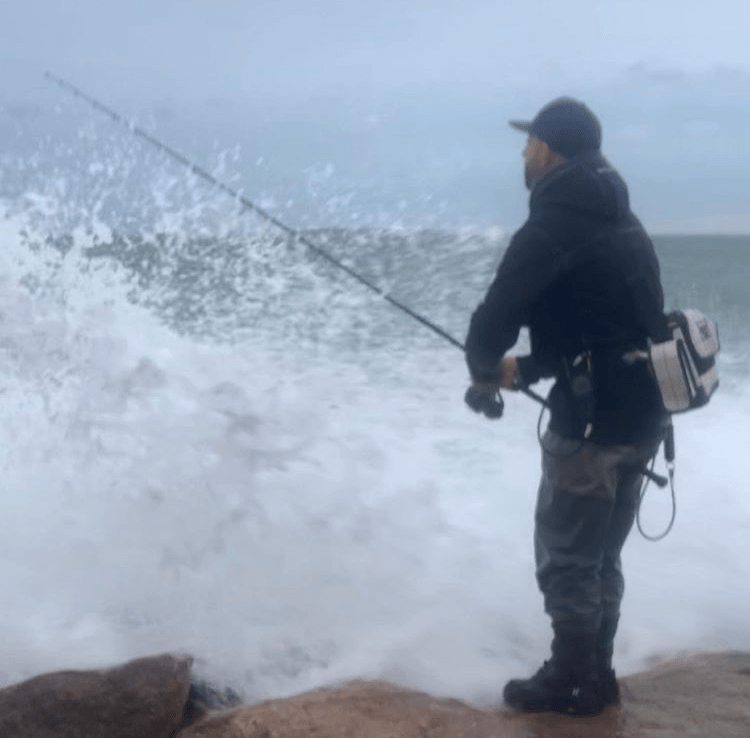

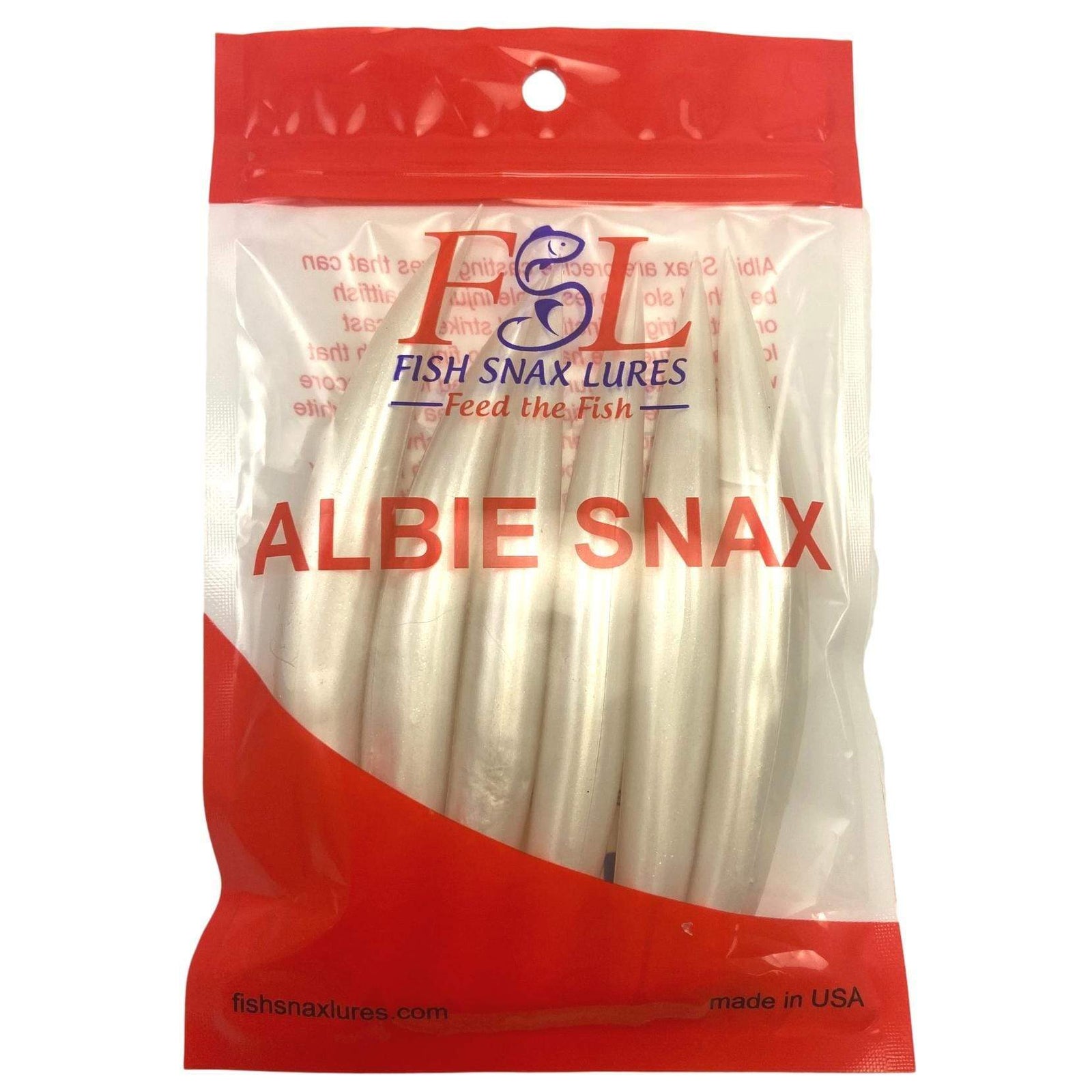

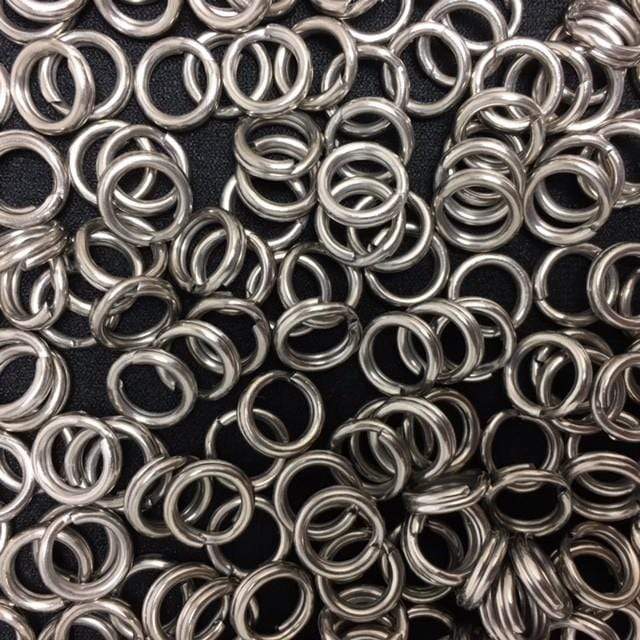
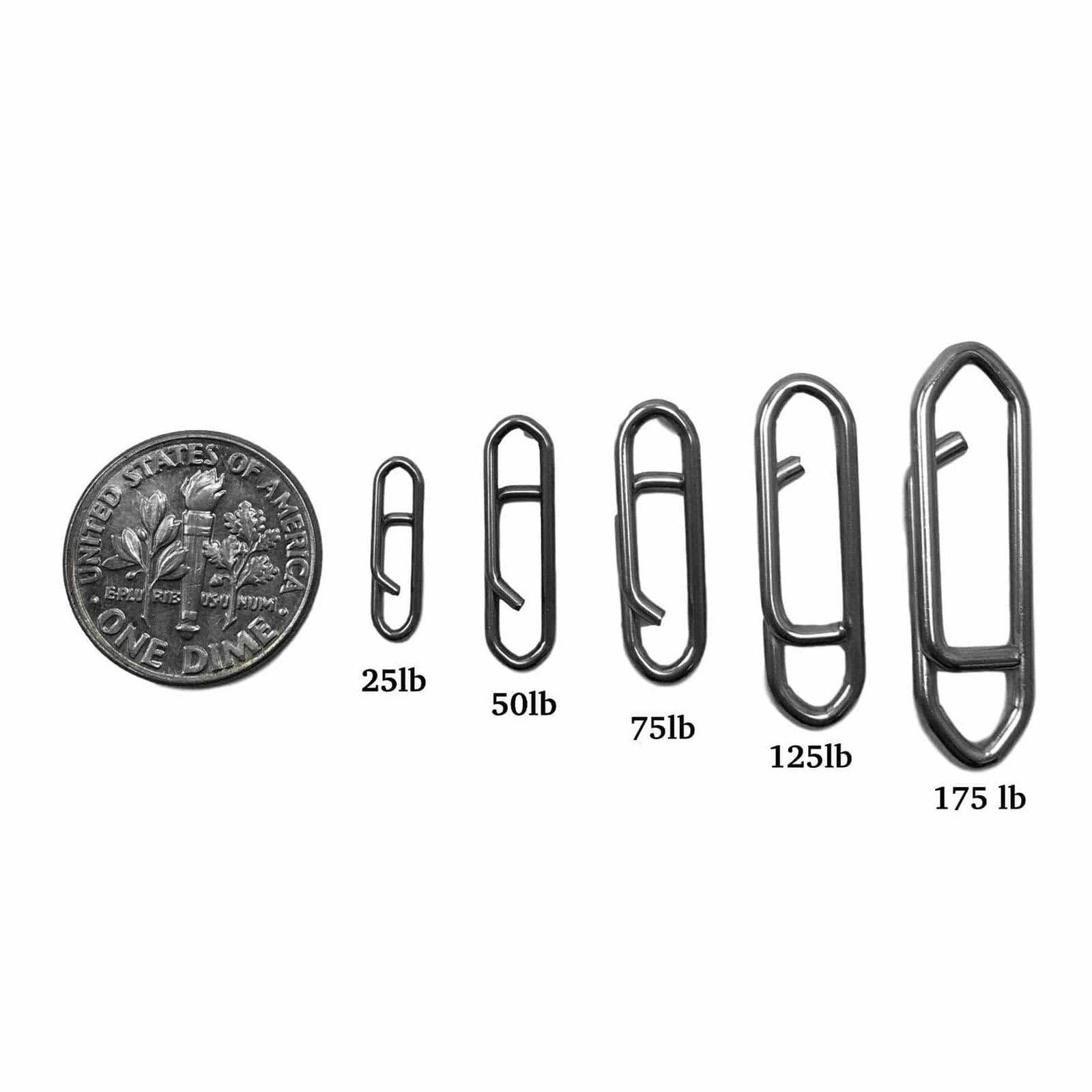




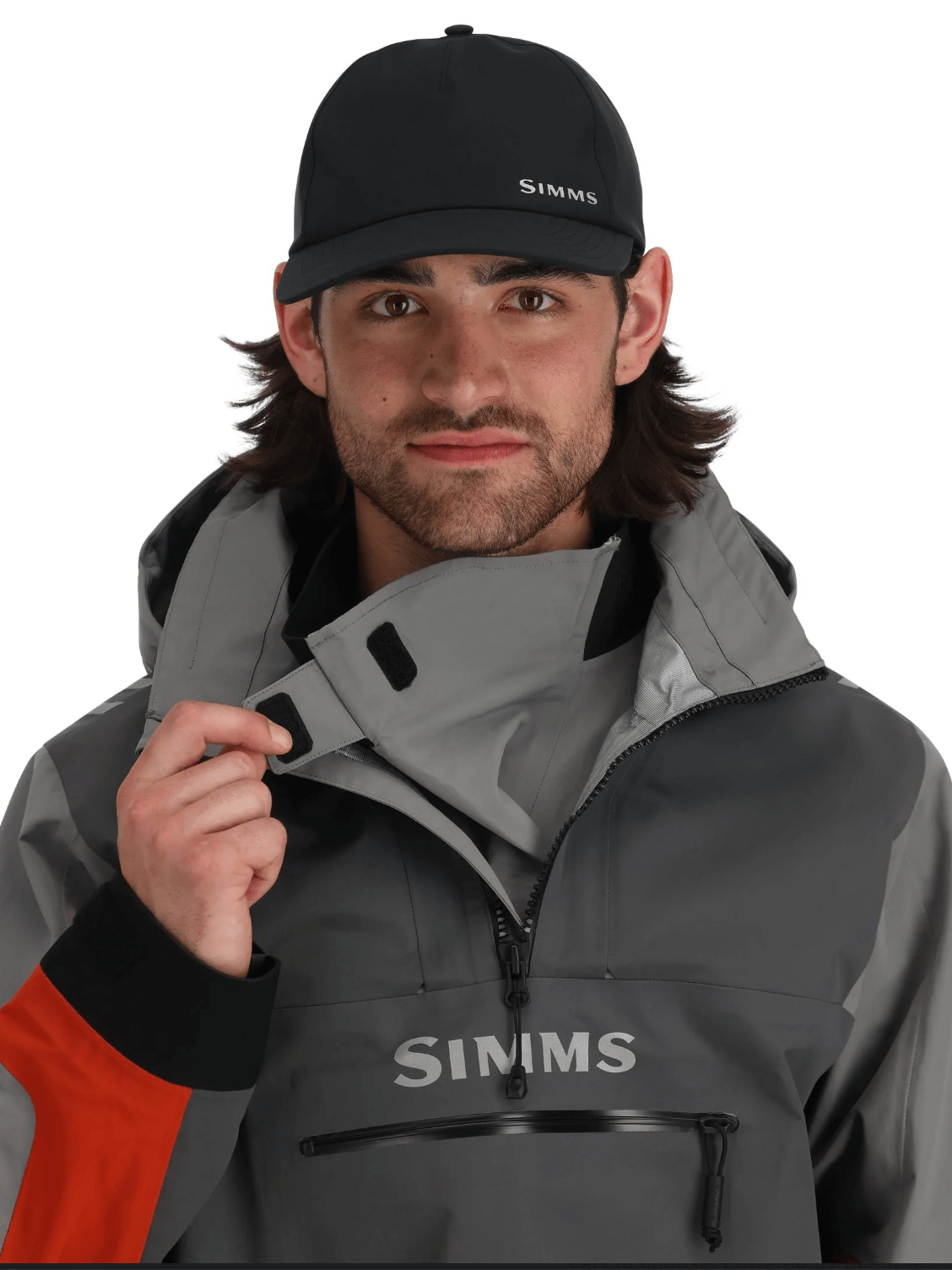

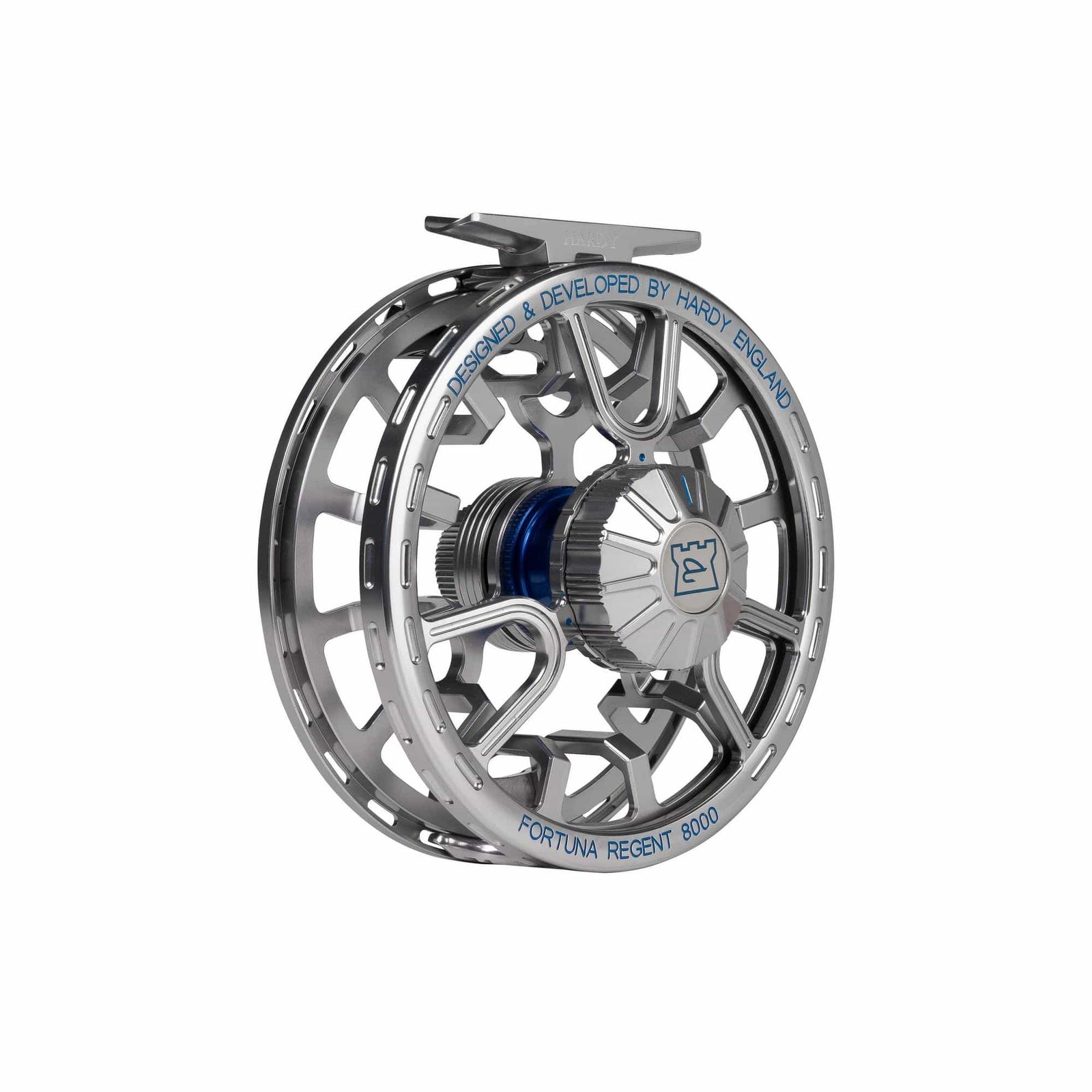
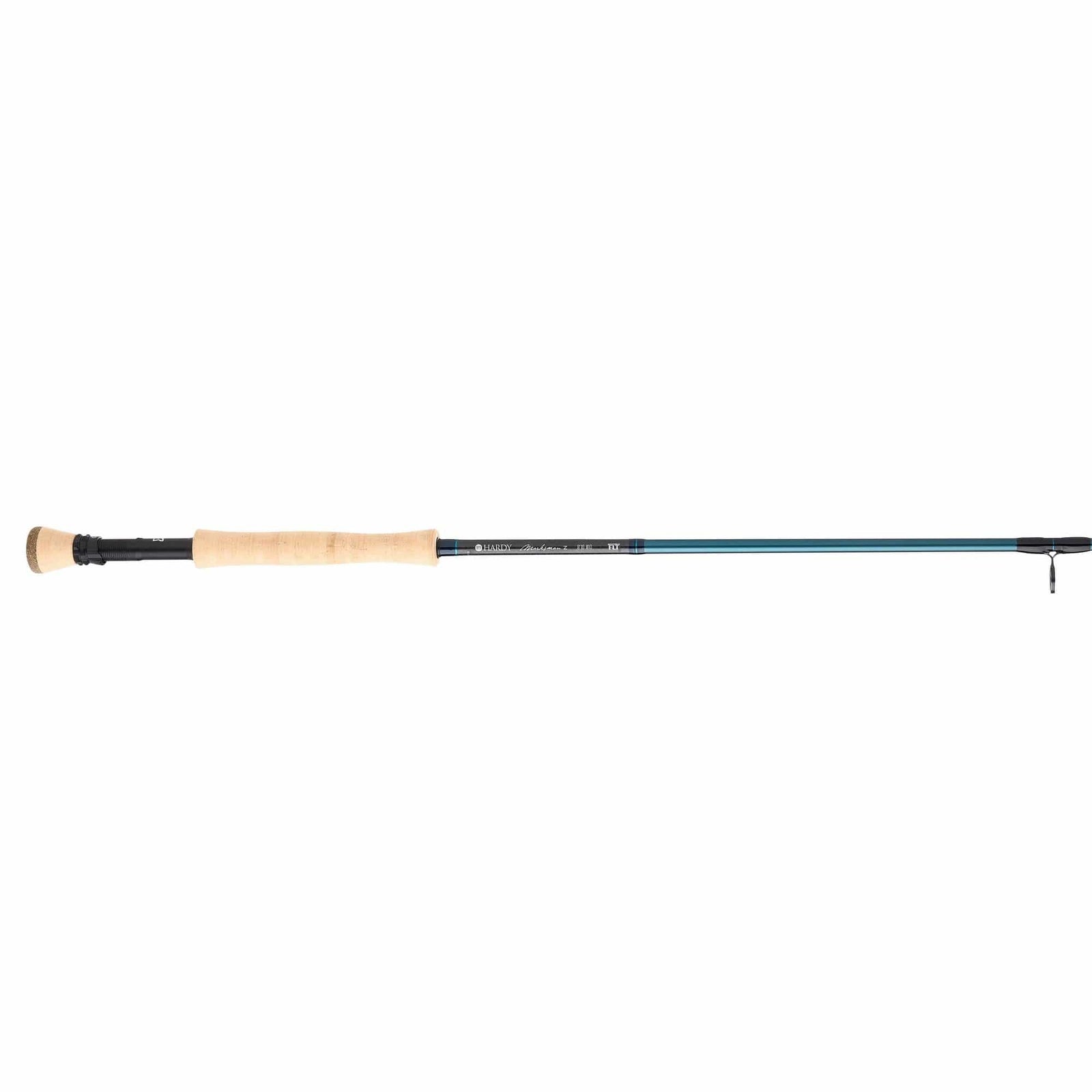

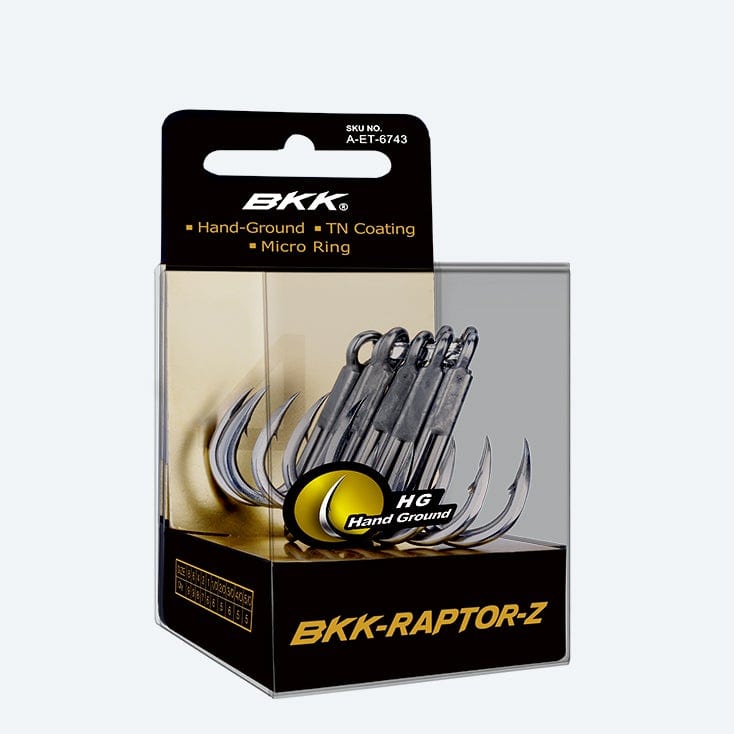
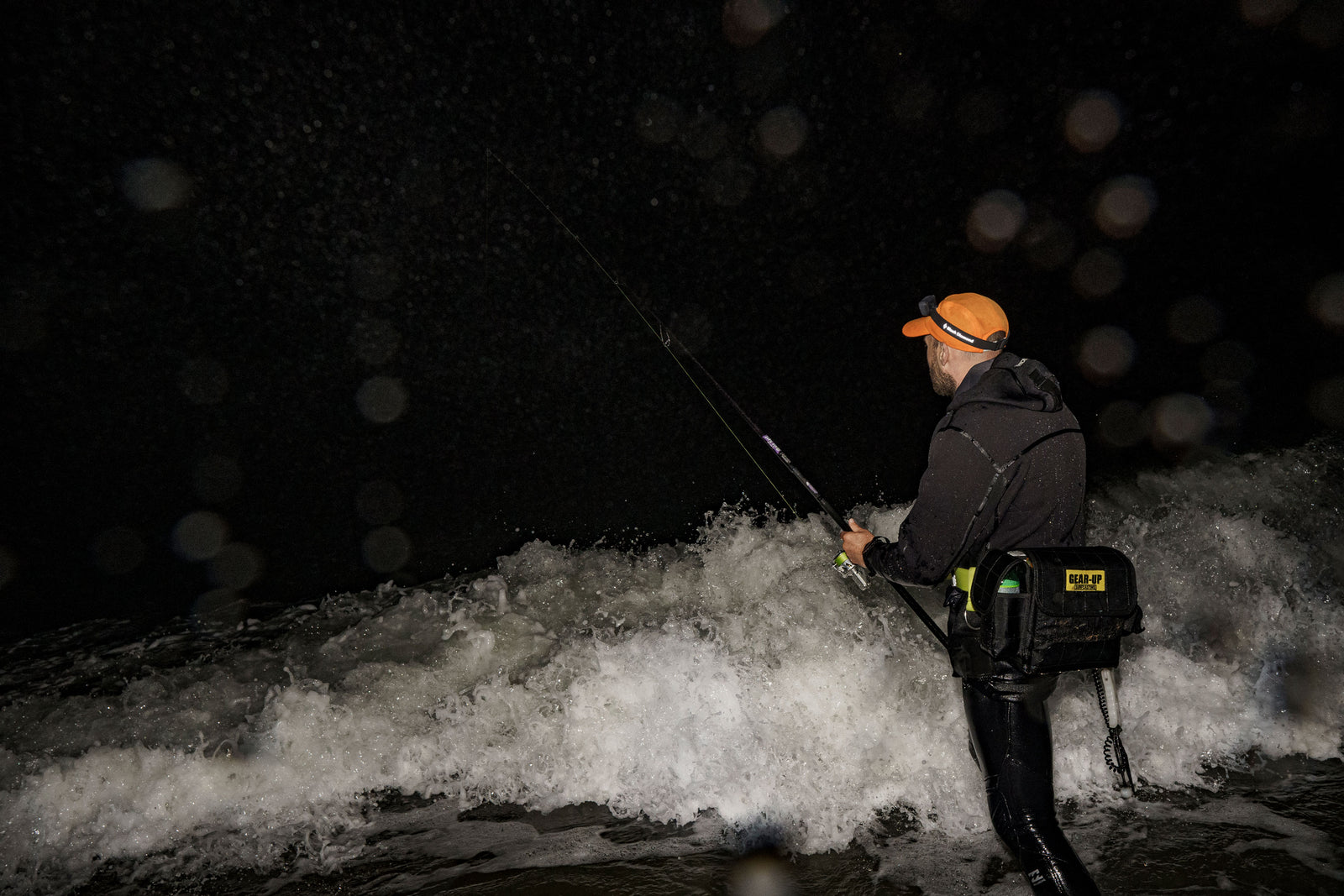
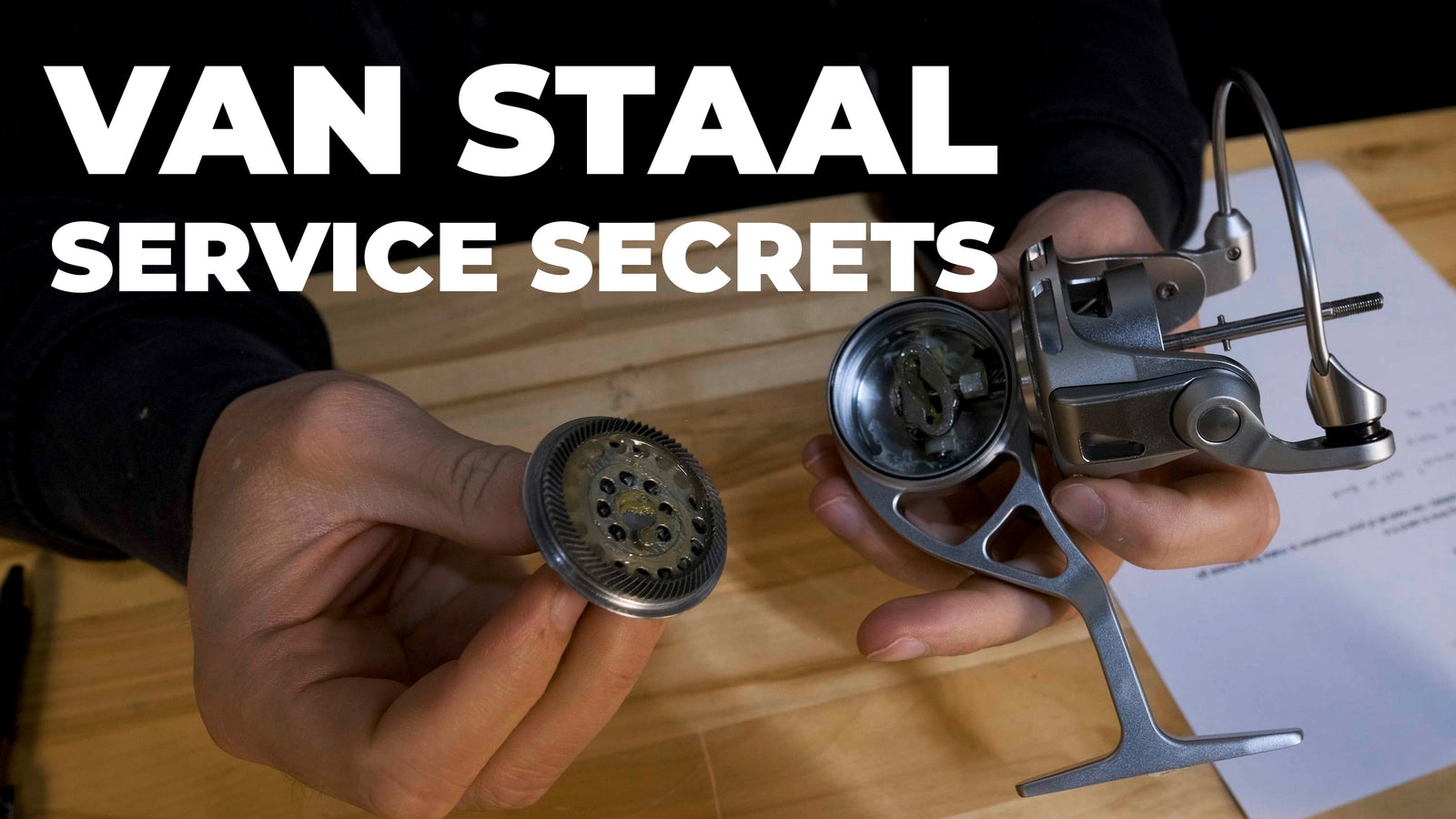


Gregory Clark
September 04, 2024
I’m a pike/musky guy that grew up in “striperville” Connecticut. Your faux fall is spot on. Every year mid August to mid September there is a span that evolves around the moon where these fish go on a tear for food for about a week. It is usually triggered by a two degree water temperature drop. It is my welcome to fall time. Tight lines boys.